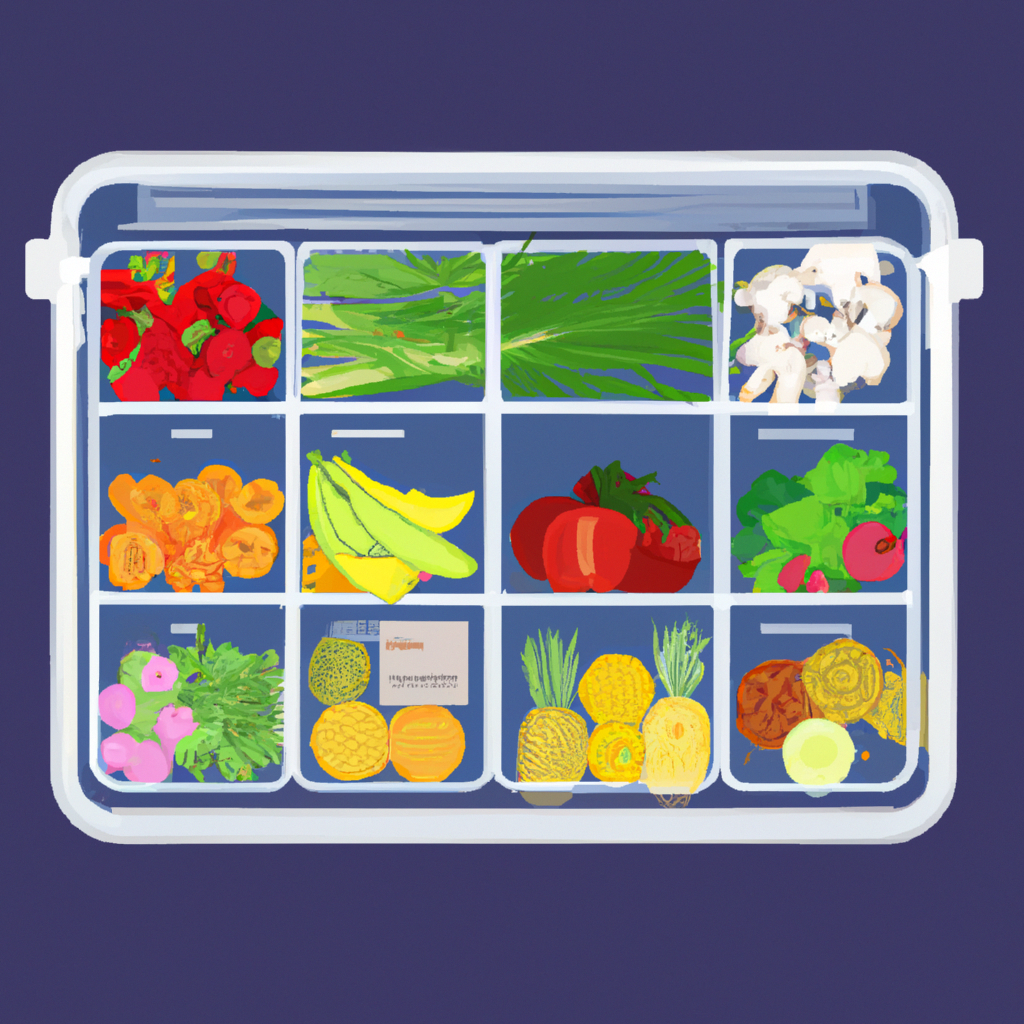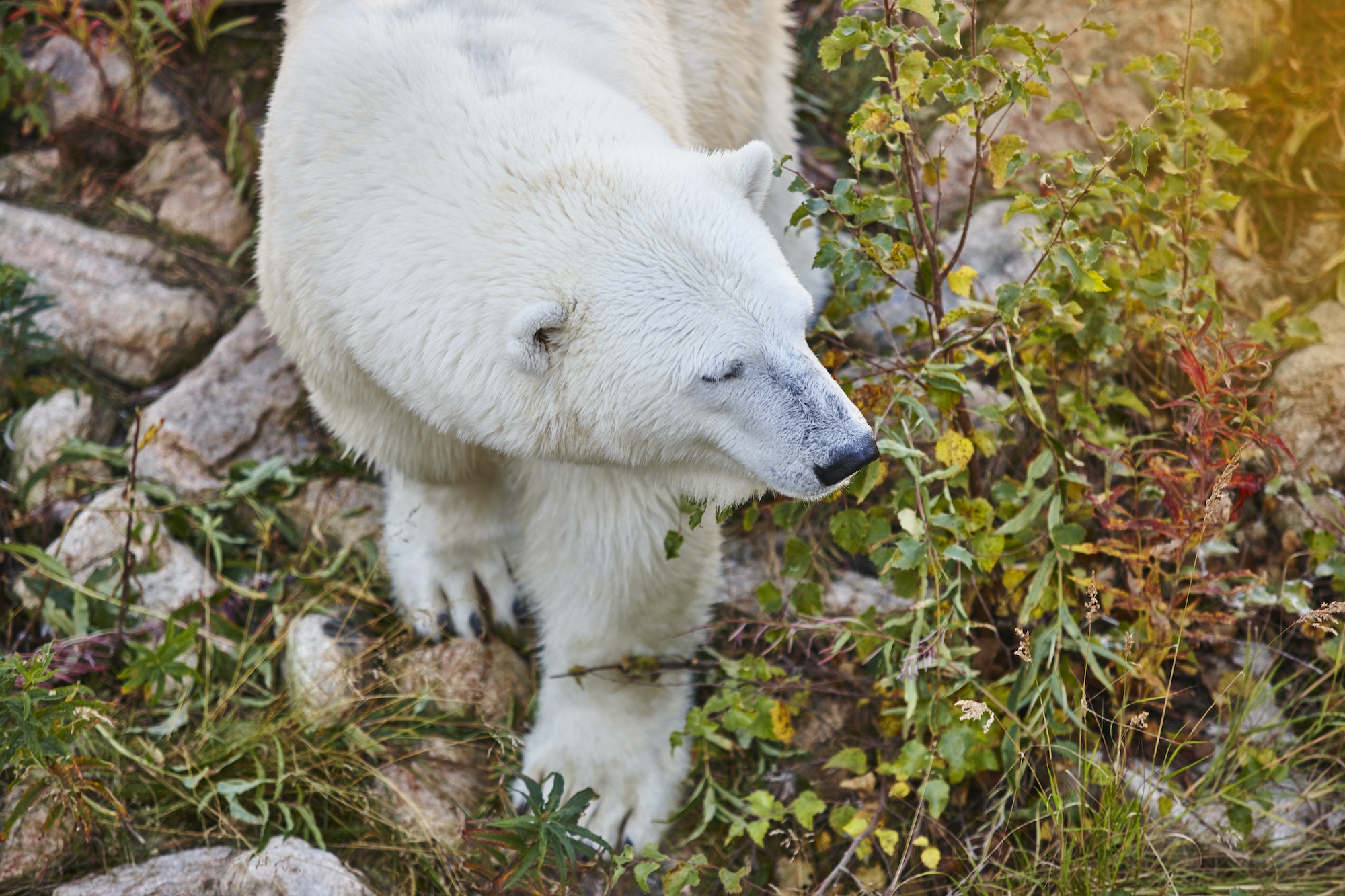
Welcome to our comprehensive guide on the art of food preservation. In this article, we will delve into the world’s quickest and most effective food storage system. Whether you’re an avid home cook, a survivalist, or simply someone who wants to extend the shelf life of your groceries, this guide is for you. We’ll explore various methods, techniques, and tips for preserving food, ensuring that you always have access to fresh and nutritious ingredients, regardless of the season or circumstances.
The Importance of Food Preservation
In a world where food waste is a growing concern, understanding the importance of food preservation is crucial. By preserving food, we can minimize waste, save money, and reduce our carbon footprint. Additionally, food preservation allows us to make the most of seasonal produce, ensuring that we can enjoy our favorite fruits and vegetables all year round. Whether you’re looking to stock up for emergencies or simply want to savor the flavors of summer during winter, food preservation is the key.
Traditional Methods of Food Preservation
Canning
Canning is a time-tested method of food preservation that involves sealing food in jars or cans. This process effectively destroys bacteria and other microorganisms, ensuring the food remains safe to consume for long periods. Canned foods can last for years, making them a reliable option for emergency preparedness. Whether you’re canning fruits, vegetables, or even meat, following proper techniques and guidelines is essential to maintain quality and safety.
Freezing
Freezing is one of the most common and convenient methods of food preservation. By lowering the temperature, freezing slows down the growth of bacteria and enzymes, effectively preserving the freshness of food. From fruits and vegetables to meat and dairy products, freezing allows you to extend the shelf life of a wide range of ingredients. However, it’s important to note that not all foods freeze well, and proper packaging is crucial to prevent freezer burn and maintain quality.
Drying
Drying, also known as dehydration, is a method that removes moisture from food, inhibiting the growth of bacteria, yeast, and mold. This method has been used for centuries and is particularly effective for preserving fruits, vegetables, herbs, and meat. Dried foods are lightweight, compact, and have a long shelf life, making them ideal for camping, hiking, or any situation where refrigeration is not available.
Fermentation
Fermentation is an ancient preservation technique that involves the conversion of sugars into alcohol, acids, or gases by microorganisms. This process not only extends the shelf life of food but also enhances its flavor, texture, and nutritional value. Fermented foods, such as sauerkraut, kimchi, and yogurt, are rich in probiotics and enzymes, which promote gut health and digestion. If you’re looking to explore the world of fermentation, there are various starter cultures and recipes available to help you get started.
The World’s Quickest and Most Effective Food Storage System: Vacuum Sealing
While traditional methods of food preservation are effective, they can be time-consuming and may require specific equipment or techniques. Enter vacuum sealing – a modern solution that provides quick and efficient food storage. Vacuum sealing involves removing air from a package or container, creating a vacuum seal that prevents the growth of bacteria, mold, and yeast.
How Does Vacuum Sealing Work?
Vacuum sealing machines are designed to remove air from specially designed bags or containers. By eliminating oxygen, the main culprit behind food spoilage, vacuum sealing extends the shelf life of various food items. The process involves placing the food in a bag, sealing it, and then using a vacuum sealer to remove the air. Once the air is removed, the bag is sealed, creating an airtight environment that preserves the freshness, flavor, and nutrients of the food.
Benefits of Vacuum Sealing
- Extended Shelf Life: Vacuum sealing significantly extends the shelf life of food, allowing you to enjoy fresh ingredients for much longer. By removing oxygen, the main factor responsible for spoilage, vacuum sealing inhibits the growth of bacteria, mold, and yeast.
- Retains Freshness and Nutrients: Unlike other preservation methods, vacuum sealing preserves the flavor, texture, and nutritional value of the food. Without exposure to air and moisture, ingredients maintain their original qualities, ensuring that your meals are as delicious and nutritious as possible.
- Prevents Freezer Burn: Freezer burn is a common issue when storing food in the freezer for extended periods. Vacuum-sealed packages eliminate the risk of freezer burn by preventing the formation of ice crystals and the subsequent dehydration of the food.
- Space and Money Savings: Vacuum-sealed packages take up less space in the freezer or pantry, allowing you to maximize storage. Additionally, by extending the shelf life of food, vacuum sealing reduces waste and saves money in the long run.
Tips for Effective Vacuum Sealing
- Choose the Right Bags: Opt for high-quality vacuum sealing bags that are specifically designed for this purpose. Look for bags that are BPA-free, puncture-resistant, and suitable for freezer use.
- Properly Package the Food: Ensure that the food is properly portioned and sealed in the bags. Remove excess air, leaving enough space for the bag to expand during the sealing process. This prevents the bag from bursting or compromising the seal.
- Label and Date: To stay organized and easily identify the contents, label each vacuum-sealed package with the name of the food and the date it was sealed. This helps you keep track of freshness and rotation.
- Store Properly: Different foods have varying storage requirements, so it’s important to follow recommended guidelines. Some foods are best stored in the refrigerator, while others can be safely kept in the pantry or freezer.
- Regularly Maintain and Clean the Vacuum Sealer: To ensure optimal performance, clean the vacuum sealer regularly according to the manufacturer’s instructions. This helps prevent bacteria buildup and extends the life of the machine.
Conclusion
In the ever-evolving world of food preservation, vacuum sealing stands out as the quickest and most effective food storage system. With its ability to extend the shelf life of ingredients, retain freshness and nutrients, and prevent freezer burn, vacuum sealing offers a convenient solution for preserving food. By following the tips and techniques outlined in this guide, you can confidently embrace the art of preservation and enjoy the benefits of vacuum-sealed meals. So, get ready to embark on a culinary journey where fresh flavors are always within reach, regardless of the season or circumstances.








